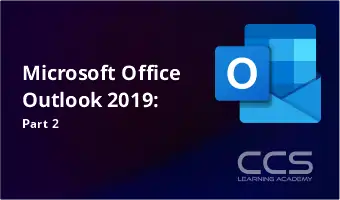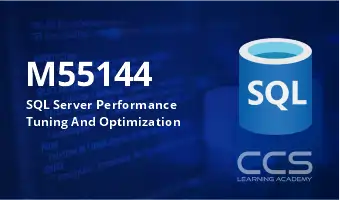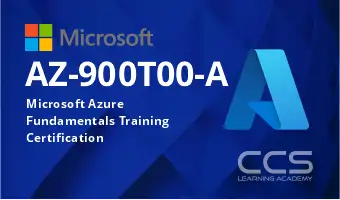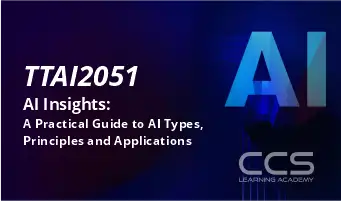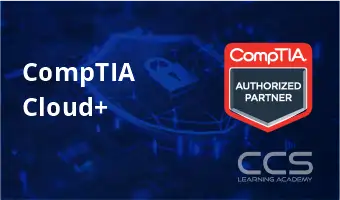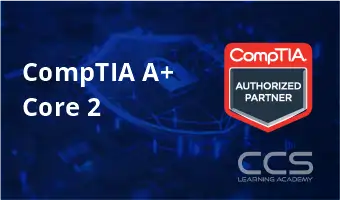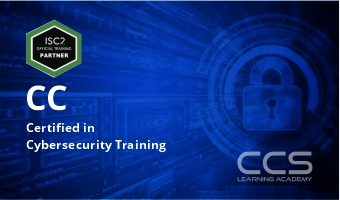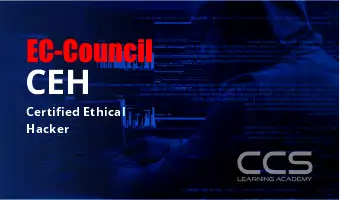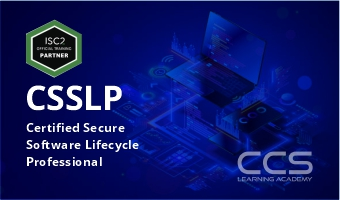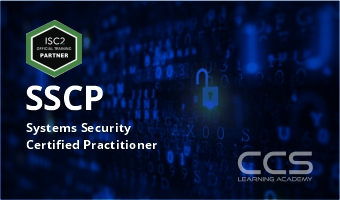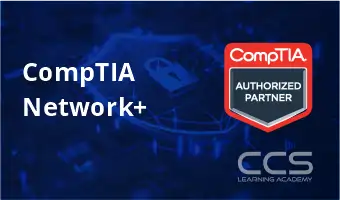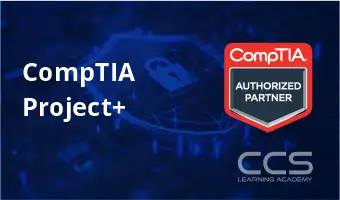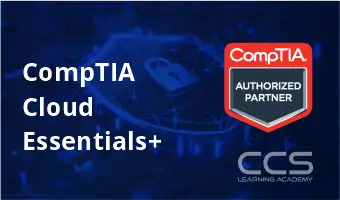Popular Topics
Introduction to Jira
ASP .NET Core
Data Analyst
Basic Java Programming
MVC Web Application Development by .NET
Introduction to Angular
Generative AI for Decision Makers
GitHub
CompTIA Security+
Tableau
.NET Secure Coding
Generative AI for Architects
Core Java Programming
CSS
ASP .Net Web Applications Development
Advance C++ 20 Programming
Tableau Server Administration
Introduction to Power BI
Real World Applications of Generative AI
Certified in Governance
CISSP
Django
Risk and Compliance
Implementing AI in Automated Enterprise
Certified in Cybersecurity Training
UX Design
XML Course
.NET Programming
Modern JavaScript
Cloud Computing
JavaScript Essentials'
Attacking and Securing C#
CompTIA Cybersecurity Analyst
CSS3
Jira
Responsive Design
Java Programming
AWS
Tableau Desktop
Applying AI for Cost Savings & Efficiency
Microsoft Office 365 Online
Cybersecurity Analyst
CISSP Exam Preparation Course
Next Level Power BI
Building a Voice Bot
Data Science and Big Data
Certified Cloud Security Professional
Git
XML Learning
C++ 20 Programming
Implementing AI in Business
AI Automation Strategies
CompTIA
Administering A SQL Database
Automation with Ansible
ITIL 4 Foundation Certification Training
ITIL 4 Certification
HTM
CompTIA Linux
UI/UX Design
Penetration Testing Professional
JavaScript
SQL Data Warehouse
Advanced React
Introduction to C++
Cloud Operations on AWS
CompTIA A+ Core 2
Chief Information Security Officer
Certified Secure Software Lifecycle Professional
Kubernetes
Microsoft Azure
Voice Of Innovation
Introduction to Ansible
CompTIA IT Fundamentals
Generative AI
Network Defender
Azure AI Fundamentals
Strategic AI Dialogues
Python
AI Types
CompTIA Server
SQL Data Models
Introduction to GitHub
AI Principles
SQL Server Integration
Advanced Angular
AI Applications
Microsoft Power BI Data Analyst
Customer Support with AI
Mastering React
SharePoint End User
Developing AWS Services and Tools
Hadoop
CompTIA Network
React Course
Professional Development
Microsoft Azure Data Fundamentals
SQL Server Performance Tuning
Microsoft Azure Certification
Prompt Engineering for Business Users
CompTIA Cloud
SQL Server Performance Optimization
CompTIA A+ Core 1
Azure Infrastructure Solutions
SQL Database Infrastructure
Azure AI Solution
Citrix
CompTIA PenTest
Citrix Cloud with Amazon Web Services
CompTIA Data+
CompTIA Cloud Essentials+
Microsoft Azure for SAP Workloads
PL-600 Power Platform Solution Architect
CompTIA Project
Azure SQL Solutions
Microsoft Azure Administrator
Microsoft Project 2016 Level 1
HTML5
Microsoft Project 2016: Level 2
Microsoft Azure Fundamentals Training Certification
Full Stack Web Development
Citrix Endpoint Management
All `Live Courses by Practice Area Courses
Test descriptionFilter by Topic
Filter by Vendor
Certified Ethical Hacker | CEH
This Certified Ethical Hacker Certification is designed to teach students …
What you'll learn
Information security controls, laws, and standards.
Foot printing, foot printing tools, and countermeasures.
Network scanning techniques and scanning countermeasures.
Enumeration techniques and enumeration countermeasures.
Vulnerability analysis to identify security loopholes in the target organization’s network, communication infrastructure, and end systems.
System hacking methodology, steganography, stag analysis attacks, and covering tracks to discover system and network vulnerabilities.
Different types of malware (Trojan, Virus, worms, etc.), system auditing for malware attacks, malware analysis, and countermeasures.
Packet sniffing techniques to discover network vulnerabilities and countermeasures to defend against sniffing.
Social engineering techniques and how to identify theft attacks to audit human-level vulnerabilities and social engineering countermeasures.
DoS/DDoS attack techniques and tools to audit a target and DoS/DDoS countermeasures.
Session hijacking techniques to discover network-level session management, authentication/authorization, and cryptographic weaknesses and countermeasures.
Web Server attacks and a comprehensive attack methodology to audit vulnerabilities in web server infrastructure, and countermeasures.
Web application attacks, comprehensive web application hacking methodology to audit vulnerabilities in web applications, and countermeasures.
SQL injection attack techniques, injection detection tools to detect SQL injection attempts, and countermeasures.
Wireless encryption, wireless hacking methodology, wireless hacking tools, and Wi-Fi security tools.
Mobile platform attack vector, android vulnerability exploitations, and mobile security guidelines and tools.
Firewall, IDS and honeypot evasion techniques, evasion tools and techniques to audit a network perimeter for weaknesses, and countermeasures.
Cloud computing concepts (Container technology, serverless computing), the working of various threats and attacks, and security techniques and tools.
Penetration testing, security audit, vulnerability assessment, and penetration testing roadmap.
Threats to IoT and OT platforms and defending IoT and OT devices.
Cryptography ciphers, Public Key Infrastructure (PKI), cryptography attacks, and cryptanalysis tools.
CSSLP – Certified Secure Software Lifecycle Professional
What Will You Learn From Our CSSLP Training? To become …
What you'll learn
The course on CSSLP teaches how to secure your applications. After having CSSLP certification from (ISC) ², your application security capability within the software development lifecycle will be authorized. In-depth coverage of the eight domains required to pass the CSSLP exam.
Domain 1: Secure Software Concepts
Domain 2: Security Software Requirements
Domain 3: Secure Software Design
Domain 4: Secure Software Implementation/Coding
Domain 5: Secure Software Testing
Domain 6: Software Acceptance
Domain 7: Software Deployment, Operation, Maintenance and Disposal
Domain 8: Supply Chain and Software Acquisition
SSCP – Systems Security Certified Practitioner
Is SSCP A Good Certification Training? Professionals who work with …
What you'll learn
In-depth coverage of the seven domains required to pass the SSCP exam.
Domain 1: Access Control
Domain 2: Security Operations and Administration
Domain 3: Risk Identification, Monitoring, and Analysis
Domain 4: Incident Response and Recovery
Domain 5: Cryptography
Domain 6: Networks and Communications Security
Domain 7: Systems and Application Security
Project Management Institute – Risk Management Professional (PMI-RMP)
Course Description PMI’s Risk Management Professional (PMI-RMP®) credential is a …
CompTIA Network+
Course Description This instructor-led, online CompTIA Network+ (N10-008) certification course …
What you'll learn
Explain the OSI and TCP/IP Models.
Explain the properties of network traffic.
Install and configure switched networks.
Configure IP networks.
Install and configure routed networks.
Configure and monitor ports and protocols.
Explain network application and storage issues.
Monitor and troubleshoot networks.
Explain network attacks and mitigations.
Install and configure security devices.
Explain authentication and access controls.
Deploy and troubleshoot cabling solutions.
Implement and troubleshoot wireless technologies.
Compare and contrast WAN technologies.
Use remote access methods.
Identify site policies and best practices.
Certified Associate in Project Management (CAPM)
Course Description In this CAPM exam prep training course, you …
What you'll learn
Prepare to pass the CAPM exam while completing the required 23 contact hours/PDUs
Decipher PMBOK® Guide processes and knowledge areas
Identify significant steps of the project life cycle
Examine the PMBOK® Guide tools and techniques for exam success
Evaluate your exam preparedness and create a study plan
CompTIA Project+
Course Description If you are taking this course, you probably …
What you'll learn
Identify the fundamentals of project management.
Initiate a project.
Create project plans, stakeholder strategies, and scope statements.
Develop a Work Breakdown Structure and activity lists.
Develop a project schedule and identify the critical path.
Plan project costs.
Create project staffing and quality management plans.
Create an effective communication plan.
Create a risk management plan, perform a risk analysis, and develop a risk response plan.
Plan project procurements.
Develop change management and transition plans.
Assemble and launch the project team to execute the plan.
Execute the project procurement plan.
Monitor and control project performance.
Monitor and control project constraints.
Monitor and control project risks.
Monitor and control procurements.
Perform project closure activities.
CompTIA Cloud Essentials+
CompTIA Cloud Essentials+ (CLO-002) is the only internationally recognized, vendor-neutral …



